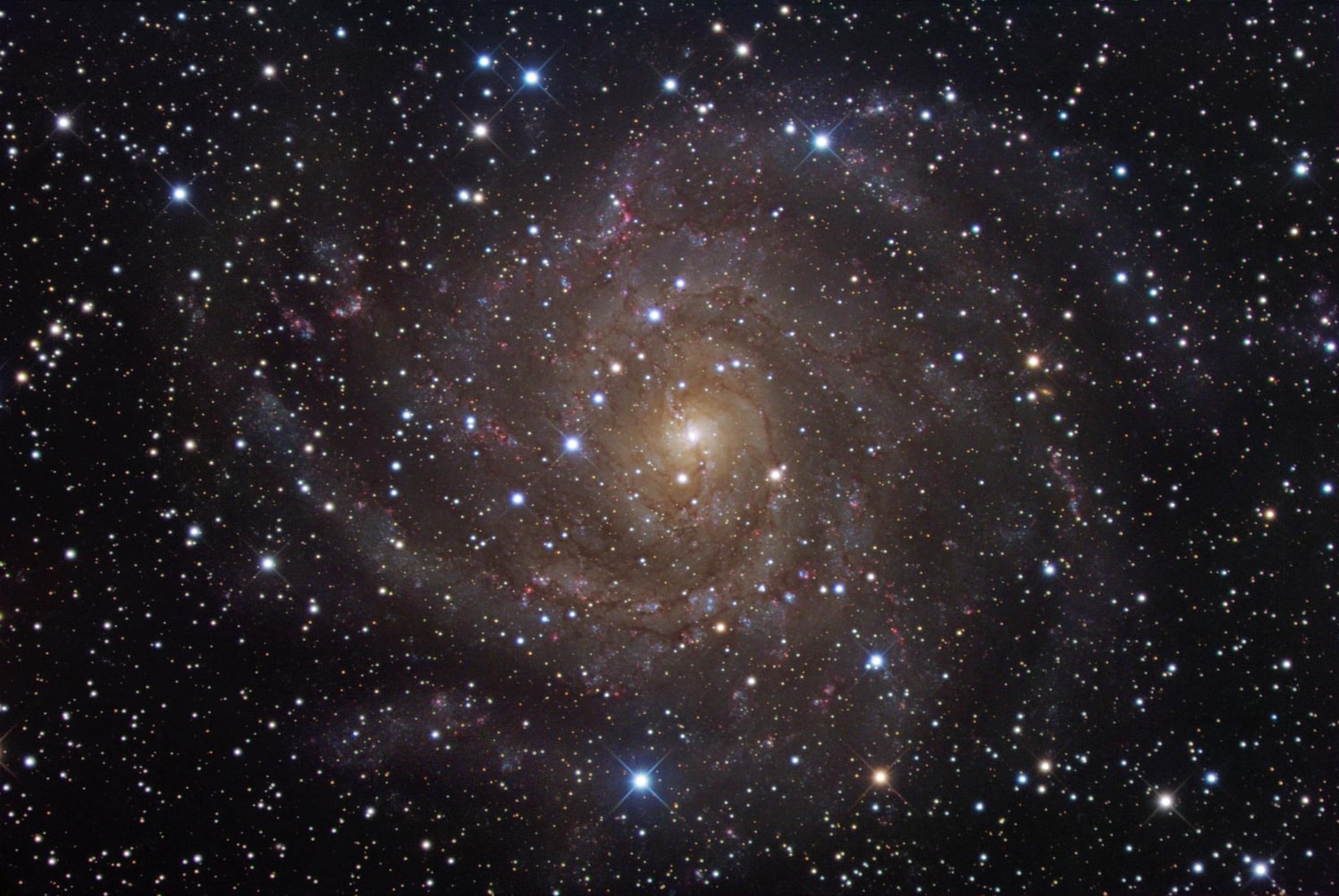Star clusters are some of the most fascinating structures in the universe. They consist of hundreds, thousands, or even millions of stars that formed from the same gas and dust cloud. These cosmic groupings play a key role in the study of galactic structure, stellar evolution, and the distribution of mass in space. Astronomers investigate star clusters to better understand how galaxies develop, how stars change over time, and how the universe itself evolved. Here are some of the most interesting and educational facts about star clusters that you may not know.
- Star clusters are generally divided into two main types: globular clusters and open clusters. Each type differs in terms of density, age, and location within the galaxy. Open clusters are typically younger, while globular clusters are older and more massive.
- Open clusters are usually found within the galactic disk. They contain several hundred stars loosely bound by gravity. Examples include the Pleiades and Hyades, both visible to the naked eye.
- Globular clusters consist of tens or even hundreds of thousands of stars tightly packed into a spherical shape. These clusters are much older than open clusters and are located in the galactic halo, orbiting the center of the galaxy. One of the most famous examples is Omega Centauri, which is visible even with binoculars.
- Stars within a single cluster are born from the same molecular cloud. This means they have roughly the same age and chemical composition. Such uniform conditions make them ideal laboratories for studying stellar evolution.
- Young clusters often contain bright blue giants, which are very luminous but short-lived. Their presence indicates the cluster is still young, as these stars quickly burn through their fuel. Older clusters rarely contain such massive stars.
- Some star clusters are so massive that they generate gravitational waves and can interact with nearby structures. These interactions can cause stars to be ejected or alter their orbits. Studying these effects helps astronomers understand galactic dynamics.
- Most star clusters form inside giant molecular clouds. In these clouds, gravitational collapse leads to the birth of many stars at once. This process is best observed in the infrared spectrum.
- Certain clusters are so bright that they can be seen from Earth even in light-polluted skies. For instance, the Pleiades are visible in much of the world without any optical aid. They have been known since ancient times and appear in myths across different cultures.
- Star clusters are essential tools for measuring distances in space, since their stars share similar properties. This allows astronomers to calculate distances to other celestial bodies more accurately. Clusters thus serve as reference points for calibrating cosmic scales.
- Many clusters are part of larger galactic structures such as spiral arms. Their distribution along these arms helps astronomers map the shape of the Milky Way. This also improves our understanding of the solar system’s position in the galaxy.
- Some globular clusters contain pulsars, which are rapidly spinning neutron stars. These pulsars emit radio waves with extreme regularity, making them useful for high-precision astronomical measurements. One of the most notable pulsars was discovered in cluster M28.
- Binary and multiple star systems often form within clusters due to close gravitational interactions. These systems provide important insights into the life cycles of stars and the formation of black holes. Their behavior helps refine theoretical models of stellar development.
- Over time, clusters can lose stars as a result of gravitational forces from nearby massive objects like the galactic core or other clusters. These stars escape and become part of the interstellar medium. This process is known as gravitational evaporation.
- Some clusters are located so far from Earth that their light takes millions of years to reach us. Observing them is like looking into the distant past of the universe. Star clusters serve as natural time capsules of cosmic history.
- The oldest known star clusters are over 12 billion years old. They formed shortly after the Big Bang and provide clues about the earliest stages of galaxy formation. Studying these clusters gives astronomers a glimpse into the infancy of the cosmos.
- There are more than 150 known globular clusters in our galaxy. All of them reside in the Milky Way’s halo and orbit its center. Their motion offers valuable data on the distribution of dark matter and galactic mass.
- Planetary systems rarely form within clusters due to the high density of nearby stars, which disrupts stable orbits. However, some exoplanets have been discovered in such environments. These findings expand our understanding of the potential for life in extreme cosmic conditions.
These amazing facts about star clusters reveal the complexity and wonder of the universe. Clusters are not just beautiful sights in the night sky, but vital tools for unlocking the secrets of stars, galaxies, and even time itself. They bridge the gap between the past and present of the cosmos. The more we learn about them, the closer we get to answering humanity’s oldest questions.





